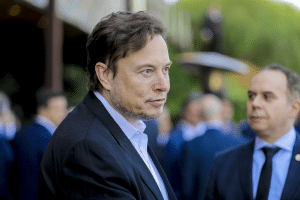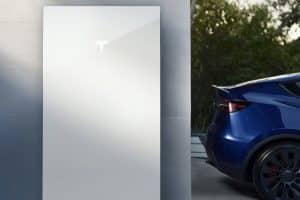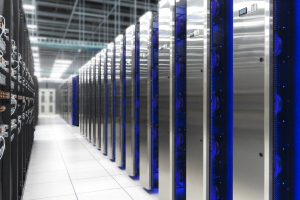- ⚡ Electric vehicles are still polarizing, as shown by recent Supercharger ICE-ing incidents.
- 🚗 ICE-ing involves combustion vehicles blocking EV charging spots, causing inconvenience for EV owners.
- 🇺🇸 Tesla Superchargers in North America are frequent targets of ICE-ing incidents.
- 🤔 The irony in ICE-ing is that this behavior wastes time for combustion vehicle drivers too.
- 🗣️ Some ICE-ing incidents involve verbal confrontations between EV and combustion vehicle drivers.
- 🌐 Aggressive ICE-ing is uncommon but indicative of existing animosity towards EVs from some drivers.
The rise of electric vehicles (EVs) has been a significant shift in the automotive industry, promising a more sustainable and environmentally friendly future. However, while the EV revolution is gaining momentum, it hasn’t been without its controversies. One phenomenon, in particular, has highlighted the ongoing divide in public opinion regarding EVs: ICE-ing incidents at Tesla Superchargers.
Understanding ICE-ing: What It Is and Its Impact on EV Drivers
ICE-ing occurs when internal combustion engine (ICE) vehicles occupy parking spots designated for EV charging. This practice, whether intentional or accidental, leads to inconvenience and frustration for electric vehicle owners relying on these crucial charging stations, particularly for long-distance travel. Tesla’s network of Superchargers, as the premier rapid charging system in North America, often finds itself at the center of these incidents.
ICE-ing can seriously impact an EV driver’s experience. For an electric vehicle owner planning a trip, a blocked Supercharger can disrupt schedules, leading to stress and delays. Given that EV drivers depend on charging stations similarly to how gasoline fuelers rely on refueling stations, ICE-ing represents a direct attack on their ability to travel efficiently.
The Irony and Animosity Behind ICE-ing
One of the great ironies of ICE-ing is that it ultimately wastes time for both parties. While some drivers block EV chargers as a form of protest against the increasing prevalence of EVs, this behavior ironically consumes the time of the ICE drivers as well, particularly when done intentionally.
Moreover, ICE-ing highlights an undercurrent of hostility from a subset of combustion vehicle drivers toward the growing electric sector. Although most drivers do not resort to aggressive behavior, some ICE-ing incidents have led to verbal confrontations, underscoring how polarizing EV adoption is for certain individuals.
Why Tesla Superchargers?
Tesla’s Superchargers are a frequent target for ICE-ing likely due to their visibility and the prominence of the brand. As Tesla remains a leading figure in the EV market, its charging stations are often on the front lines of this socio-automotive battle. Tesla’s extensive network and its role as a symbol of the electric vehicle movement make it both a practical and symbolic target for ICE-ing incidents.
Strategies to Mitigate ICE-ing
Addressing the issue of ICE-ing requires a multifaceted approach involving policy changes, design improvements, and public education:
- Policy changes: Implementing stricter penalties and fines for unauthorized vehicles in charging spaces could deter potential ICE-ing.
- Design improvements: Updated designs for charging stations, such as more visible and clearly marked EV-parking-only zones, can reduce accidental blocking.
- Public education: Increasing awareness about the importance of EV charging infrastructure and fostering mutual respect between different vehicle owners can help alleviate tensions.
The Future of EVs Amidst Increasing ICE-ing Incidents
As the number of electric vehicles on the road continues to rise, understanding and addressing ICE-ing becomes increasingly important. While such incidents highlight animosity from a small faction of drivers, they also serve as a reminder that society must adapt to new norms brought on by the shift toward sustainable technologies.
Ongoing discussions and strategic implementations are essential in ensuring that issues like ICE-ing do not hinder the progress and acceptance of EVs. With concerted efforts from automakers, policymakers, and communities, we can pave the way for a more cooperative and understanding future in transportation.





